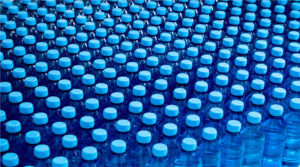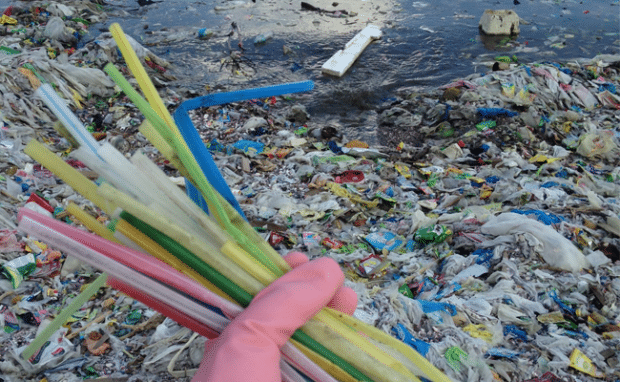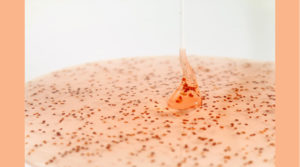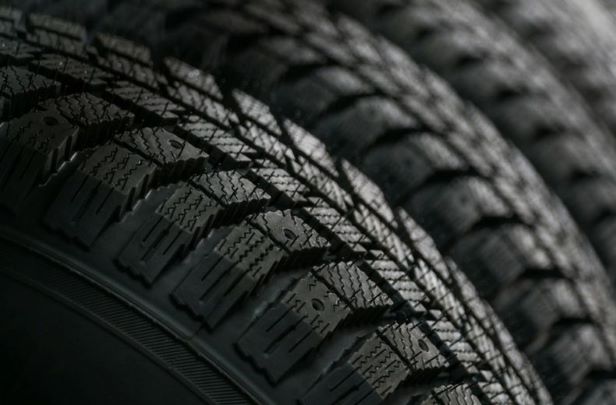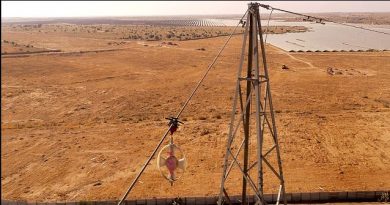Microplastics Found in Molluscs From India’s Southeast Coast
A study in the South East Indian coast has found microplastics and dye pigments inside Asian green mussels collected from Kasimedu harbor in Chennai.
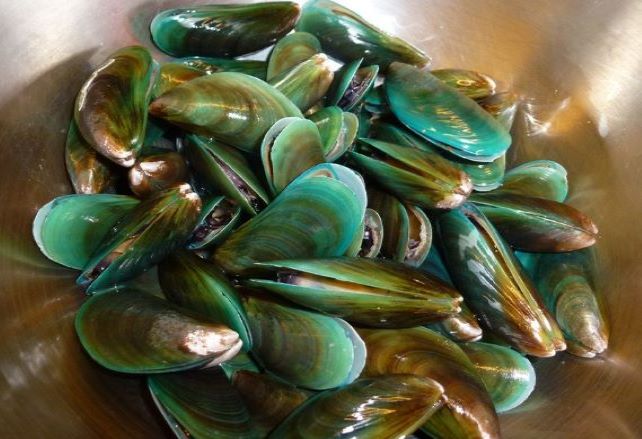
For the first time, Indian scientists have found microplastics and colorants inside the commercially important Asian green mussel Perna viridis from a fishing harbor in Chennai in a preliminary study.
“Although several research articles have reported the presence of microplastics even in market bivalves/fishes of natural coastal waters in Europe and Japan, the present results are surprising as this has been reported for the first time from India,” said S.A. Naidu, a project scientist at Chennai’s National Centre for Coastal Research (NCCR), Ministry of Earth Sciences and author of the paper. “Chennai harbor region is influenced by industrial, domestic and other land-based sources of microplastics.”
As part of the “Marine Litters and Microplastics” program of the NCCR, Naidu collected five mussels from three locations in Kasimedu fishing harbor of Chennai coast, which receives plastic debris through various sources such as fishing boats, industrial and domestic sewage, and discharge from rivers.
He found that the identified microplastics were mainly polystyrene polymers of the size 30 micrometers and thread-like fibers (ranging from 5 to 25 micrometers) while the colorants ranged from 62 to 103 micrometers and were orange, green, dark red and light blue. Naidu believes that colorants are probably of human origin. These could have entered the streams coming from textiles, synthetic paints, paper printing, food, ship, idol-making and cosmetics, among other industries.
A study estimated that over 10,000 different dyes and pigments are used industrially and in 2010, India produced around 200,000 tonnes of dyes, according to one estimate. Some of these dye effluents are discharged into the sea. While up to 15 million tonnes of plastic waste is estimated to make its way into the Indian ocean through coastlines and rivers. Sadly this amount is expected to double by 2025.
It is likely that the microplastics and colorants have been ingested, believes Naidu because mussels are filter feeders. A standard mussel filters on average 24 liters of water per day. “When the organisms sieve water through the inhalant siphon across the complexly folded gills, planktons and other food particles are retained but along with them, non-food microplastics which are microscopic-sized and unwanted are also retained inadvertently,” he explained.
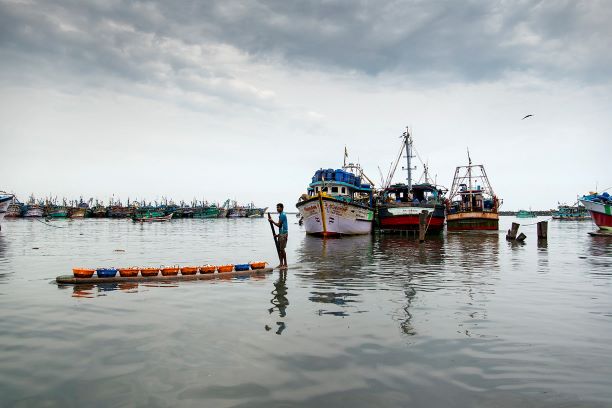
Tracy Mincer, assistant professor at Florida Atlantic University, is not surprised by the presence of microplastics in the Asian green mussel in this study. “The plastic particles were in the size range that is typically found in marine aggregates,” he said. In fact, he pointed out that his team also found the same patterns in a 2018 study conducted on the widely consumed blue mussel Mytilus edulis collected from the U.S. northeast coast. “The diversity of plastic materials was similar to our findings,” he noted.
The scientists add that more research is needed to determine the effects of microplastics on the mussels and their rate of transfer in the food web.
“In future, it is proposed to take up the study of mussels in different environments along the Indian coast for assessing the status and comparison between polluted and unpolluted areas,” said NCCR Director M.V. Ramana Murthy and Pravakar Mishra, Project Leader of the “Marine Litters and Microplastics” program. “Studies on the accumulation rates and residence time of microplastics in organisms are needed to understand the transfer rates of microplastics across the food web.”
Recognizing the severity and dangers of plastic pollution, Tamil Nadu had banned the sale of plastic bags and cutlery starting January this year, following similar bans in other states.

